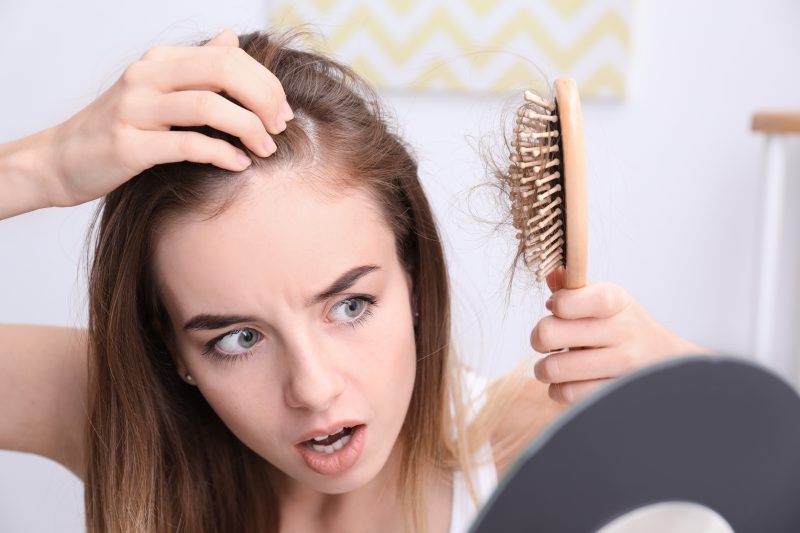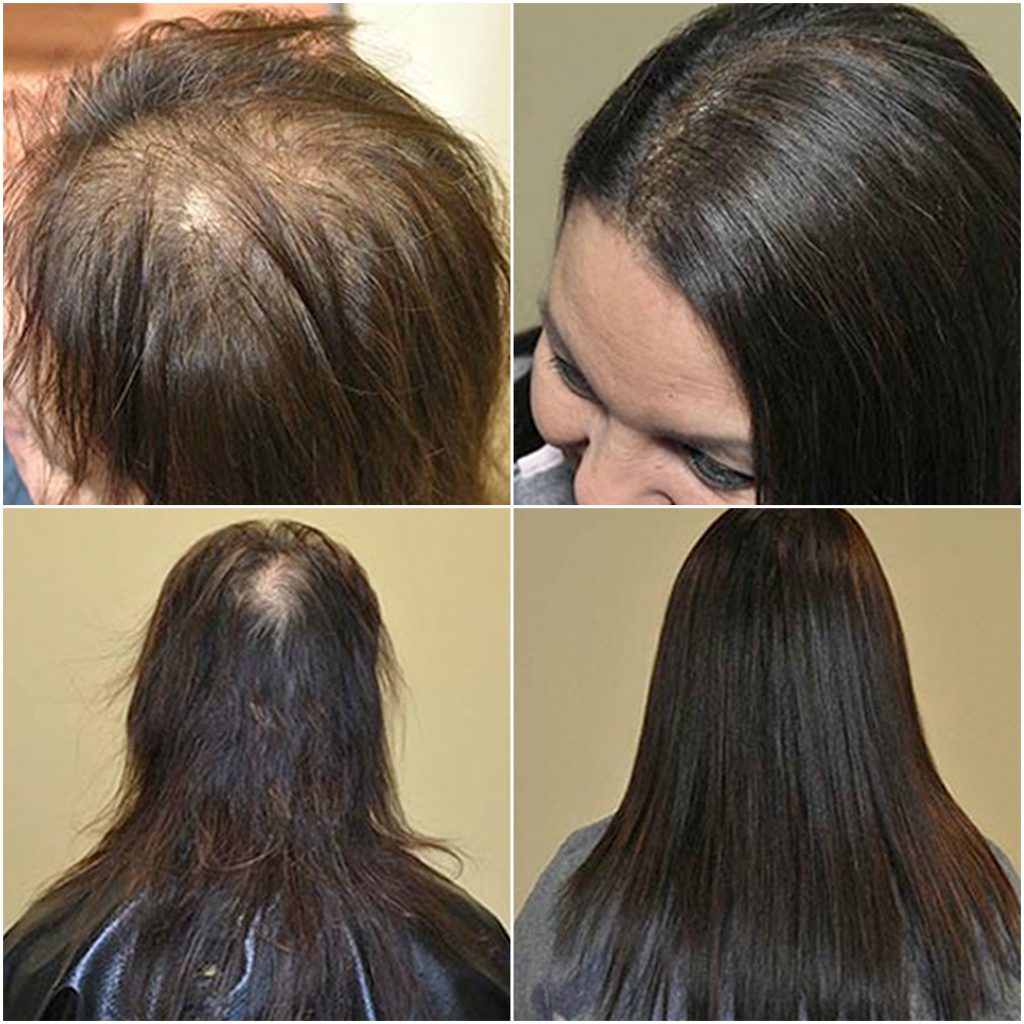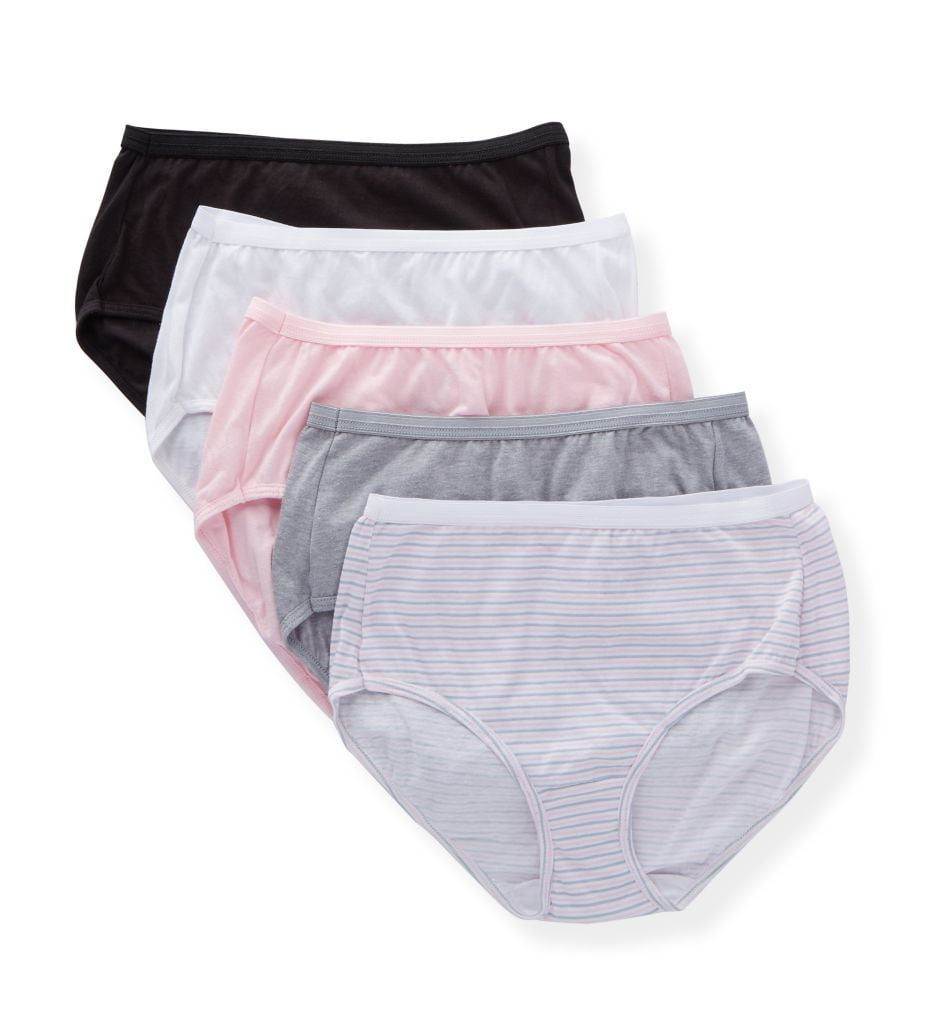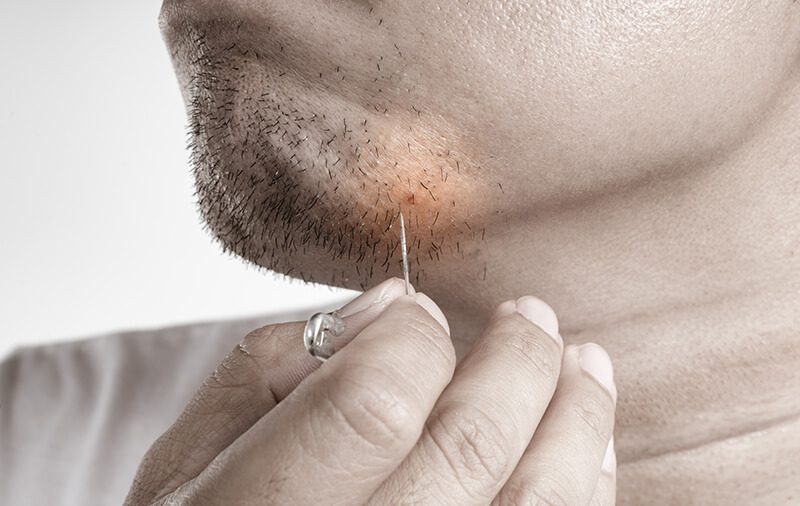Table Of Content

Androgens can cause the hair follicles on the head to shrink, resulting in a type of hair loss known as androgenic alopecia. In women and people assigned female at birth, menopause is a big player as they enter their 40s. Sex hormones that help stimulate follicle fibers are diminished and, frequently, there’s a slight dominance of testosterone. Because of these aging and environmental changes, some hair follicles stop producing new hair altogether. Over time, hair fibers become thinner and drop out, and unfortunately, they never regenerate.
Treat hair gently
The #1 Thing Women Should Never Do To Avoid Thinning Hair - Parade Magazine
The #1 Thing Women Should Never Do To Avoid Thinning Hair.
Posted: Wed, 06 Dec 2023 08:00:00 GMT [source]
It can also relieve stress-induced hormone imbalances that may contribute to menopausal hair loss. If menopausal hair loss is severe, a hair transplant can help. A hair transplant is a surgical procedure that moves hair from one part of your body (commonly the back of the head) and implants it into bald spots. More commonly used for treating scars, the technique involves a roller with hundreds of tiny needles that poke microscopic holes in the skin.
Frontal fibrosing alopecia
While you may have heard of the negative effects of smoking throughout the entire body (including your skin), smoking has also been linked to hair loss. Best known by its brand name Rogaine, minoxidil is an over-the-counter hair loss treatment approved by the FDA. There are online options to obtain minoxidil as well, through companies like Hims and Keeps. Omega-3 helps your body fight inflammation, an underlying cause of numerous conditions. Premature hair loss may also be related to inflammation.
Recommended for You
For the purposes of this article, we use “male” and “female” to refer to a person’s sex assigned at birth. Proteins, fats, and certain vitamins and minerals are important for hair health. Doctors prescribe this drug for males and females between puberty and menopause who have not seen an improvement after using minoxidil.
Medical Professionals
There are several types of hair loss, some are common and some are rarer, and each with different underlying causes. It’s typical to lose between 50 and 100 hairs a day, according to the American Academy of Dermatology (AAD). With about 100,000 hairs on your head, that small loss isn’t noticeable. New hair normally replaces the lost hair, but this doesn’t always happen. In a 2014 animal study, peppermint led to more hair growth over 4 weeks than saltwater, jojoba oil, or minoxidil 3%.
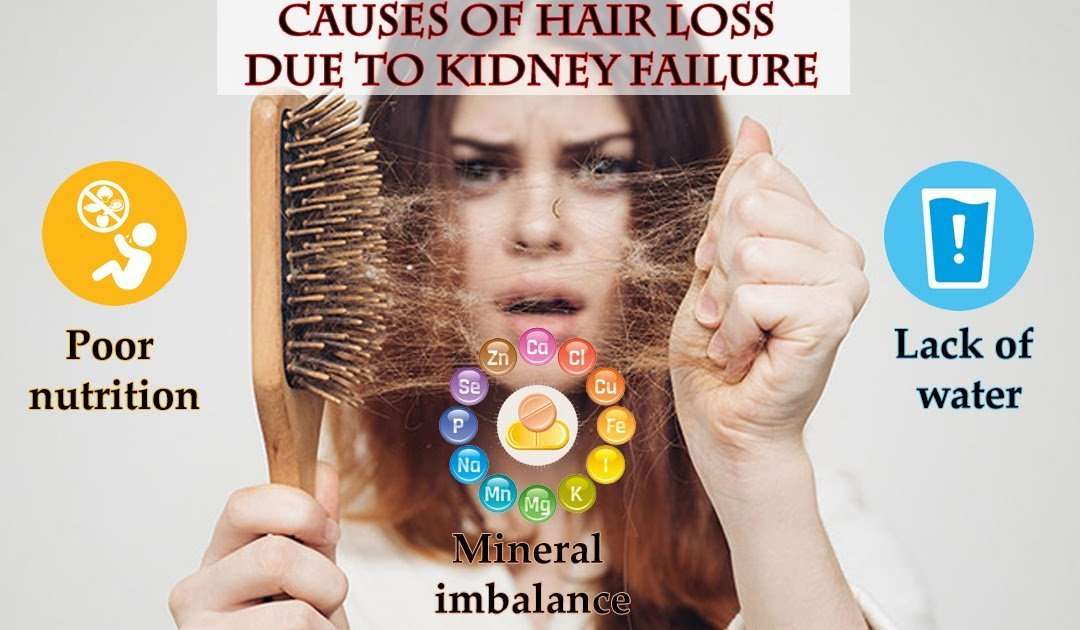
In females with androgenetic alopecia, the hair usually becomes thinner all over the head. Speak with a doctor about any troubling hair loss, shedding, or thinning you may be experiencing. Your doctor can help determine the cause of your symptoms and put together a treatment plan. And any medical conditions that lead to hair loss should be treated directly to address the condition, not just its symptoms.
Best Hair Growth Products for 2024 - CNET
Best Hair Growth Products for 2024.
Posted: Wed, 17 Apr 2024 07:00:00 GMT [source]
Editorial Advisory Board Member, Harvard Health Publishing
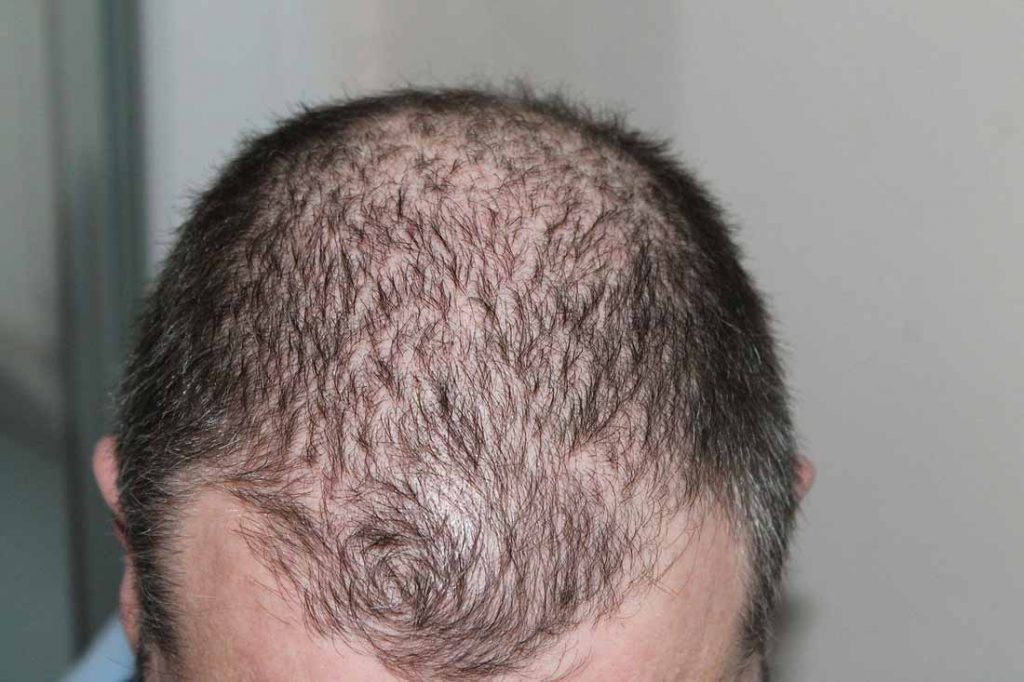
Research has found those who experience hair loss during menopause may not be getting all the nutrients they need. Eating a well-balanced diet that is high in nutrients can aid in the reduction of hair loss. “Some of these medicines can cause shedding of finer fibers,” Dr. Bergfeld explains.
They can help you detect any underlying medical conditions, as well as offer any related medications. There are many causes for thinning hair, including genetics, medical conditions, medications, hormonal changes, and nutritional deficiencies. Understanding these factors is important to getting an effective treatment. Seek medical advice based on your symptoms and causes to address thinning hair effectively and regain hair health.
Are there treatments that can prevent baldness?
But we need more studies into their safety and effectiveness for long-term use. Female hair loss happens when a woman, or anyone who was identified as female at birth, loses more hair than normal. About half of all women will have hair loss at some point in life. Most start to notice it in their 50s or 60s, but it can happen at any age and for a variety of reasons. A healthcare provider will do a thorough examination and take a detailed history to understand changes in your hair growth.
Try to find ways to manage stress, and strive for a well-balanced diet that includes plenty of fruits and vegetables. Hair loss and hair thinning can be temporary or permanent. It’s usually genetic, but it can also be triggered by diseases or disorders that attack the hair follicles.
Hair loss and hair thinning aren't precisely the same, though they are related. Hair loss refers to the significant reduction in the number of hair strands, leading to visible bald patches or overall decreased hair density. Before attempting to treat your hair loss at home, speak with your doctor. Thyroid conditions generally don’t lead to hair loss until they are more severe. Thyroid conditions can cause hair loss if they are severe and go untreated.
Your provider will also ask about what medications or supplements you currently take. Certain conditions, including anagen effluvium and alopecia areata, can cause hair to fall out suddenly. People should speak with a doctor to identify the cause of sudden hair loss. Not all researchers agree that spironolactone works, and the FDA has not endorsed it as a treatment for androgenic alopecia. However, the medication has still been used off-label for years to treat hair loss in women. More research is needed before definitive claims can be made regarding its effectiveness.
Thin patches can also appear on the back of the head, near the crown, or by the nape of your neck. Minimize the use of high-heat styling tools, hair extensions and harsh treatments like perms. Avoid hairstyles like tight buns and braids that pull on your scalp, potentially causing traction alopecia.
